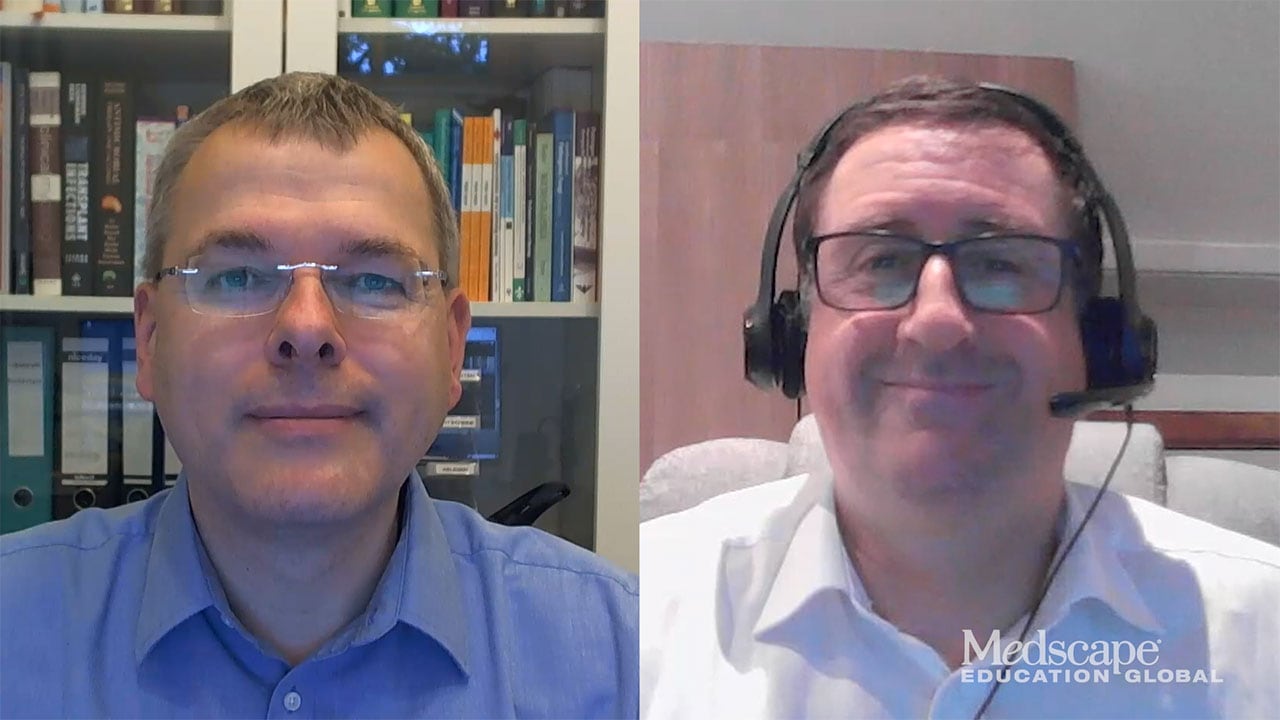Medical Care
Treatment of onychomycosis depends on the clinical type of the onychomycosis, the number of affected nails, and the severity of nail involvement. [30, 31] A systemic treatment is always required in proximal subungual onychomycosis and in distal lateral subungual onychomycosis involving the lunula region. White superficial onychomycosis and distal lateral subungual onychomycosis limited to the distal nail can be treated with a topical agent. A combination of systemic and topical treatment increases the cure rate. Because the rate of recurrence remains high, even with newer agents, the decision to treat should be made with a clear understanding of the cost and risks involved, as well as the risk of recurrence. Photodynamic therapy and lasers may represent future treatment options. [32, 33, 34, 35]
Topical antifungals
The use of topical agents should be limited to cases involving less than half of the distal nail plate or for patients unable to tolerate systemic treatment. Agents available in the United States include ciclopirox olamine 8% and efinaconazole 10% nail solutions. Amorolfine and bifonazole/urea are available outside of the United States.
Topical treatments alone are generally unable to cure onychomycosis because of insufficient nail plate penetration. Ciclopirox and amorolfine solutions have been reported to penetrate through all nail layers but have low efficacy when used as monotherapy. [36] They may be useful as adjunctive therapy in combination with oral therapy or as prophylaxis to prevent recurrence in patients cured with systemic agents. Daily application and a long duration of treatment (48 wk) are required for efinaconazole and ciclopirox. [37, 38]
Efinaconazole is indicated for toenail onychomycosis. [39] Its approval was based on 2 phase III multicenter, randomized trials (N = 1655). Complete cure was seen in 17.8% and 15.2% of patients receiving the drug, versus 3.3% and 5.5% of subjects receiving the vehicle. Mycologic cure rates were significantly greater with efinaconazole (53.4-55.2%) compared with the drug vehicle (P< .001). [40, 41, 42]
Tavaborole, a topical oxaborole antifungal (boron-containing compound) is indicated for onychomycosis of the toenails due to Trichophyton rubrum or Trichophyton mentagrophytes. [43] Its approval was based on two multicenter, double-blind, randomized trials involving 1194 subjects. After 48 weeks of treatment, complete cure was found in 6.5% and 9.1% in patients receiving tavaborole compared with 0.5% and 1.5%, respectively, of patients applying the vehicle alone. [44] Mycological cure was obtained in 31.1% and 35.9% for active treatment versus 7.2% and 12.2% for the vehicle.
Laser treatment can be combined with topical antifungals. [6, 7]
Oral therapy
The newer generation of oral antifungal agents (itraconazole and terbinafine) has replaced older therapies in the treatment of onychomycosis. [45, 46, 47] They offer shorter treatment regimens, higher cure rates, and fewer adverse effects. Fluconazole and the new triazole posaconazole [5] (both not approved by the US Food and Drug Administration [FDA] for treatment of onychomycosis) offer an alternative to itraconazole and terbinafine. The efficacy of the newer antifungal agents lies in their ability to penetrate the nail plate within days of starting therapy. Evidence shows better efficacy with terbinafine than with other oral agents (see Prognosis). [17]
To decrease the adverse effects and duration of oral therapy, topical treatments and nail avulsion may be combined with oral antifungal management. [48]
Surgical Care
Several laser devices have been used to treat onychomycosis, including Nd:YAG lasers and diode lasers. Evidence-based data on efficacy of the different lasers are still poor. Laser treatment can be combined with topical antifungals. [6, 7]
Photodynamic therapy has been reported as effective in noncontrolled studies. [49]
Surgical approaches to onychomycosis treatment can also include mechanical, chemical, or surgical nail avulsion. Chemical removal by using a 40-50% urea compound is painless and useful in patients with very thick nails. Removal of the nail plate should be considered an adjunctive treatment in patients undergoing oral therapy. A combination of oral, topical, and surgical therapy can increase efficacy and reduce cost.
Activity
Activity does not need to be limited during treatment, but patients should be educated about avoiding direct contact with high-risk areas in public places.
Long-Term Monitoring
Although hepatotoxic reactions are unlikely, periodic monitoring of patients undergoing oral antifungal therapy should include a CBC count and measurements of liver enzyme levels approximately every 4-6 weeks.
Treatment may be discontinued after standard dosing with terbinafine or itraconazole when no evidence of fungal infection (by microscopy or culture) is present. Nails may continue to look dystrophic after a cure is achieved in the laboratory.
After antifungal therapy, disease-free nail growth should be measured at every visit. Nails should grow at a rate of 1.5-2 mm per month and may take up to 1 year to look normal. A clinician may consider an additional dose of antifungal medication if the outgrowth distance slows or stops after discontinuing therapy.
-
Distal subungual onychomycosis. Onycholysis and yellow streak. Image courtesy of Dr Antonella Tosti.
-
Distal subungual onychomycosis. Subungual hyperkeratosis onycholysis and yellow streak. Image courtesy of Dr Antonella Tosti.
-
Proximal subungual onychomycosis. Proximal leukonychia. Image courtesy of Dr Antonella Tosti.
-
White superficial onychomycosis. Image courtesy of Dr Antonella Tosti.
-
Candidal onychomycosis in a patient with chronic mucocutaneous candidiasis. Total onychomycosis and paronychia. Image courtesy of Dr Antonella Tosti.
-
Dermoscopy of distal subungual onychomycosis showing irregular margin of the onycholytic area with spikes projecting into the proximal nail plate, reported as the "aurora borealis" pattern. Handyscope at 20X.









